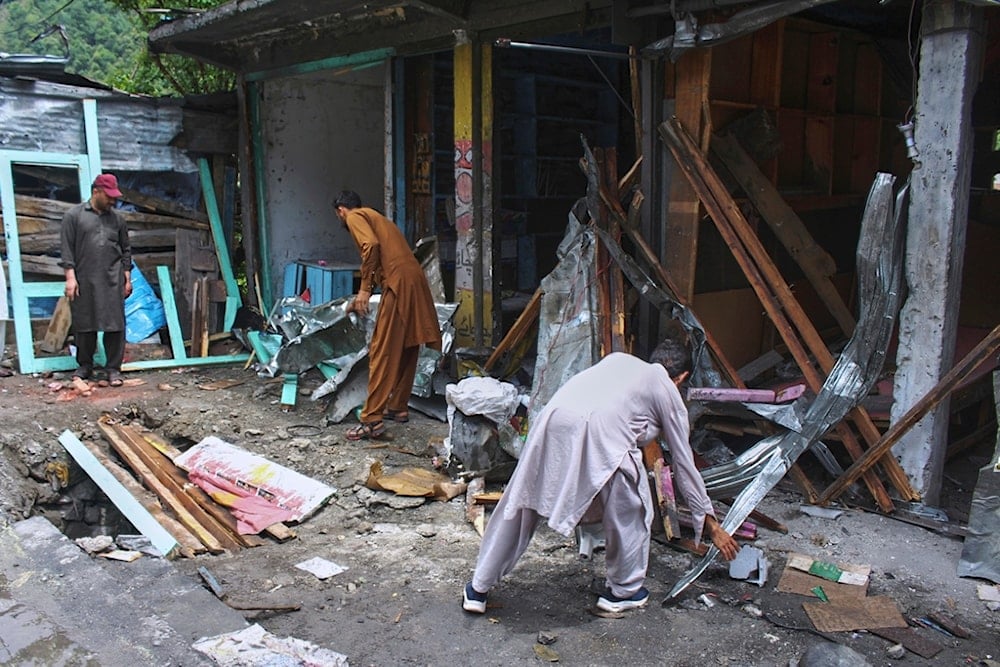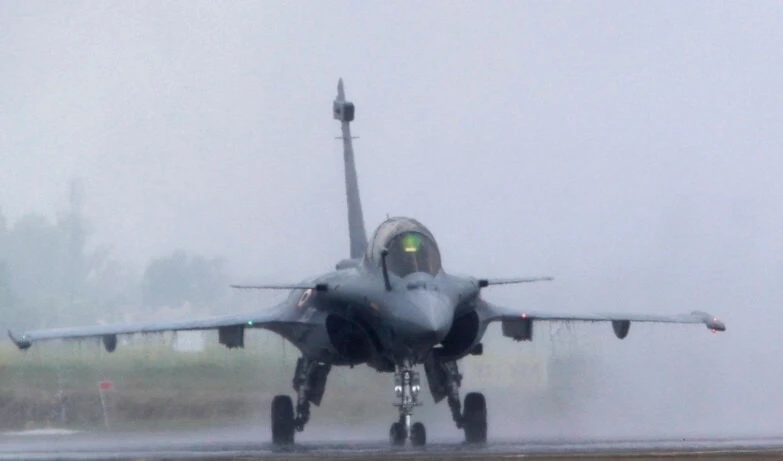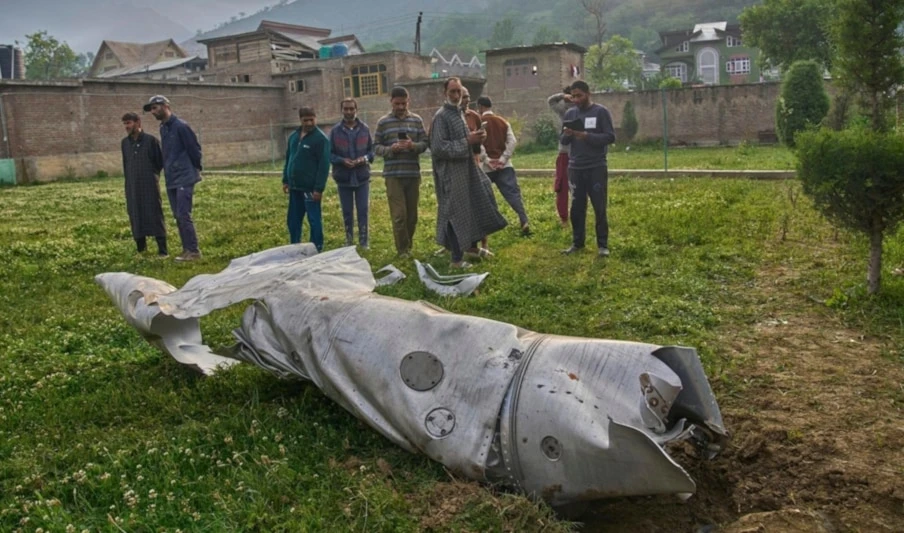Kashmir civilians return home as ceasefire brings uneasy calm
After four days of deadly cross-border violence, a US-brokered ceasefire offers fragile calm as Kashmir villagers cautiously return home, haunted by fear and bracing for more.
-

Local residents clear debris from their shops damaged by Indian shelling, at the main bazaar, a day after the ceasefire between India and Pakistan was announced, near Jura, on the Line of Control, in Neelum Valley, a district of the Pakistani part of Kashmir, Sunday, May 11, 2025. (AP Photo/Ishfaq Hussain)
Civilians on Sunday began returning to their homes in villages near the Line of Control (LoC) in the Pakistani part of Kashmir, following a brief pause in hostilities after four days of deadly cross-border violence between India and Pakistan. The US-brokered ceasefire, announced Saturday, has brought a temporary calm, but for many, fear and skepticism remain.
The recent flare-up claimed more than 60 lives, with casualties mounting on both sides of the heavily militarized border. At the center of the conflict is Kashmir, a region split between India and Pakistan but claimed in full by both.
In the village of Chakothi, which sits along the Neelum River and faces Indian military positions, residents carefully returned to their homes, though they remain on high alert. "I have absolutely no faith in India; I believe it will strike again. For people living in this area, it's crucial to build protective bunkers near their homes," Kala Khan, a resident, told AFP. He said his eight-member family sheltered in two bunkers with 20-inch-thick concrete roofs.
"Whenever there was Indian shelling, I would take my family into it," he added. "We've stored mattresses, flour, rice, other food supplies, and even some valuable belongings in there."
Bunker life
According to a regional administrative official, more than a thousand bunkers have been built along the LoC, around a third by the government, to protect civilians from incoming fire.
Despite the current lull in violence, many residents doubt the truce will hold. "I've been living on the LoC for 50 years. Ceasefires are announced, but after a few days the firing starts again," Muhammad Munir, a 53-year-old government employee, told AFP. "There's no guarantee that this latest ceasefire will hold—we're certain of that."
Among those displaced during the recent escalation was Kashif Minhas, a 25-year-old construction worker. "I had to walk several kilometres before finally getting one and moving my family," he said. "In my view, the current ceasefire between India and Pakistan is just a formality. There's still a risk of renewed firing, and if it happens again, I'll move my family out once more."
India's 'new normal'
Earlier in the day, Indian officials described the ongoing cross-border strikes under Operation Sindoor as part of a strategic shift, stating that the attacks mark "a new normal" in India's response to terrorism.
They said the operation, launched in retaliation for the April 22 attack in Pahalgam, aims to dismantle what they referred to as "terrorist infrastructure" in Pakistan and Pakistan-administered Kashmir.
Pakistan's Prime Minister Shahbaz Sharif, however, rejected the allegations and condemned the strikes as an unprovoked act of aggression. He denied any involvement by Pakistan's Inter-Services Intelligence (ISI) in the Pahalgam attack and called for an independent investigation.
Sharif warned that continued escalation would carry serious consequences and accused New Delhi of using the strikes to deflect from domestic political pressure.
Read more: India-Pakistan waters treaty still frozen despite ceasefire deal
According to AFP, there had been no reports of fresh firing in Muzaffarabad, capital of Pakistan-administered Kashmir, since Sunday morning. The city was hit during the escalation, including a strike on a mosque that killed three civilians.
As villagers return home, their bunkers remain stocked, testimony to the fragile nature of life on one of the world's most volatile borders.

 4 Min Read
4 Min Read









